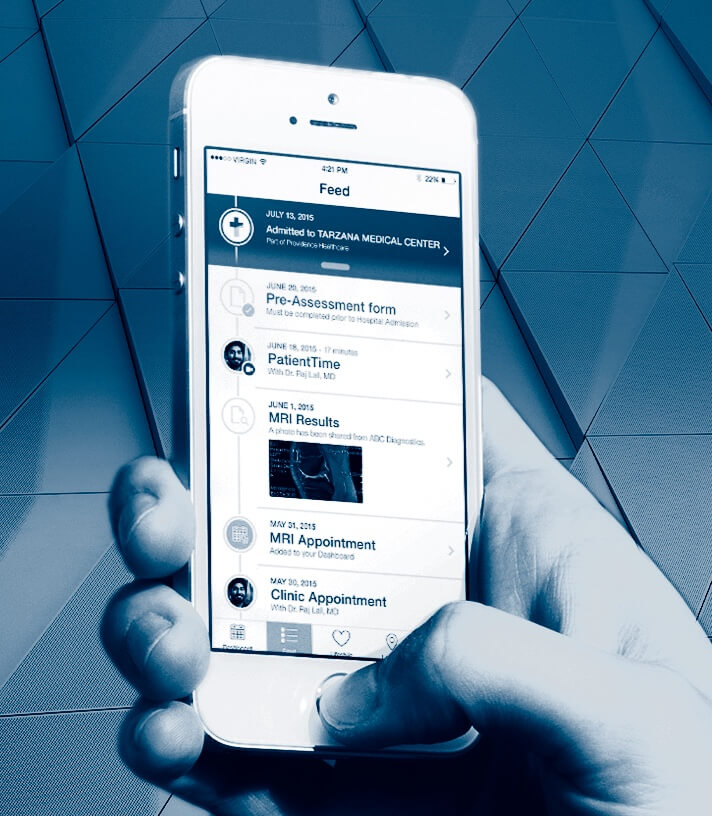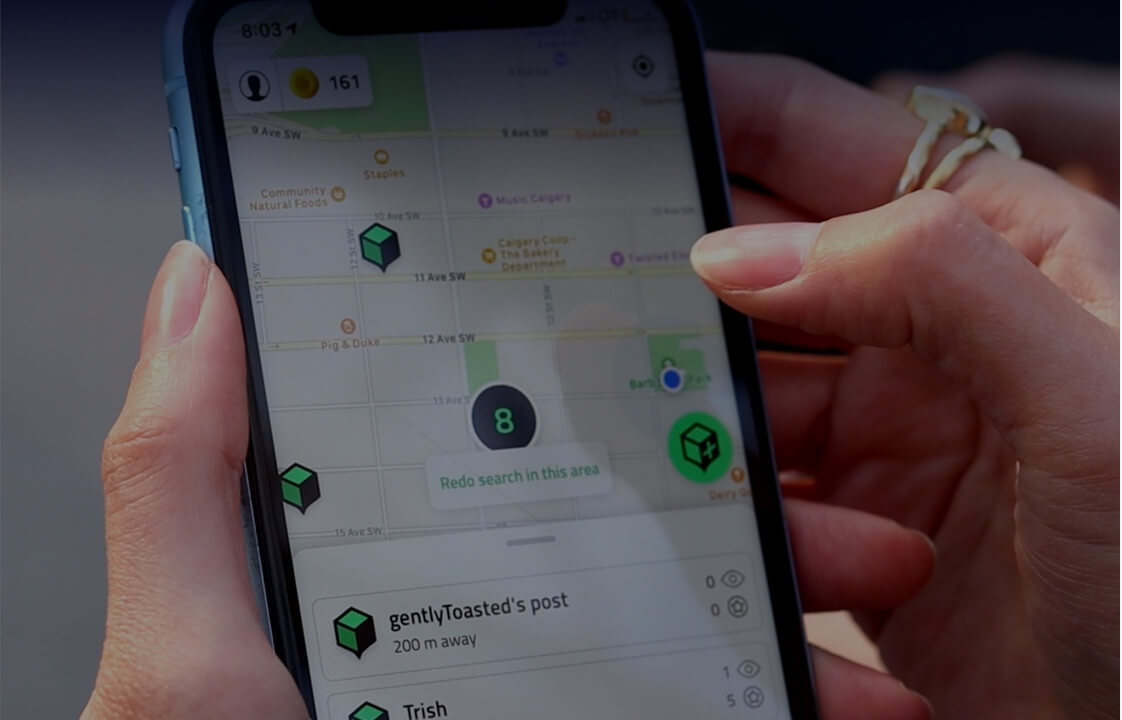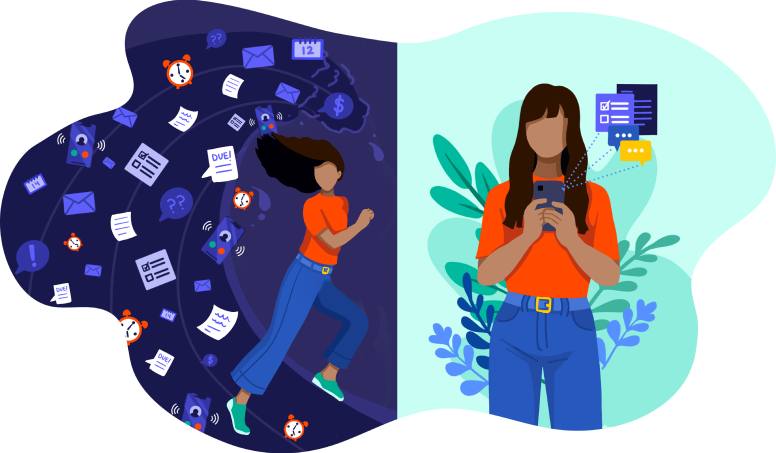At our most recent Women in Innovation event, our accomplished panelists shared the podcasts, books, newsletters, and other resources they recommend for women in the tech field. We’ve compiled their picks below along with a few bonus suggestions for must-read women in tech books from the talent at Robots & Pencils.
Recommendations from Asha Aravindakshan
Best-Selling Author and Tech Leader

How Women Rise: Break the 12 Habits Holding You Back from Your Next Raise, Promotion, or Job | By Sally Huddleson and Marshall Goldsmith
How Women Rise offers a modern take on Marshall Goldsmith’s classic, What Got Here Won’t Get You There. This book explicitly acknowledges that women face different obstacles in their careers from men. The authors highlight the behaviors that help women start their careers but then keep them from rising to higher levels. Along with naming 12 of these behaviors, they provide clear examples of how each can hold you back and what to do instead to move forward.
Skills: The Common Denominator | By Asha Aravindakshan
Our career paths (and our lives) rarely follow a straight path. If you’re planning a career move, this book offers insights and guidance for everything form comparing industries, roles, and organizations to utilizing your professional and personal networks. Featuring 25 inspirational stories of career changes, Skills will help you assess, identify, and showcase your transferable skills. Ultimately, you’ll learn how to stand out among candidates while creating a career that brings you joy.
Recommendations from Andrea Chin
Expert in Digital and Disruptive Technology

The Female Quotient is an organization committed to raising the visibility of women and advancing equality. They host events, develop content, and provide advisory services to organizations. Andrea recommends signing up for their newsletter to stay up-to-date with the group’s work.
Fairy Godboss is a community designed to help women find jobs, career advice, and support. Membership is free and includes access to job search features, company reviews, and events. Fairy GodBoss also has a daily newsletter that covers career trends, discussions, and new articles.
Athena Alliance supports female leaders through educational content, coaching, courses, in-person meetups, networking, and community.
Recommendations from Natalie Farand
Client Experience & Digital Product Senior Leader

Hosted by Amy Bernstein and Amy Gallo, this podcast is affiliated with the Harvard Business Review. It explores all sorts of topics related to women at work from entrepreneurship to vulnerability to joining a board. Natalie says it’s one of her go-to podcasts she listens to while she gets ready every morning.
This podcast by Chief is another of Natalie’s favorites. While Chief is primarily a private network for executive women, anyone can sign up for their newsletter and listen to their podcast, The New Rules of Business. On this podcast, Chief Co-Founders Carolyn Childers and Lindsay Kaplan dive into complex marketplace trends and challenge established ideas about leadership.
Books for Women in Tech: R&P Team Recommendations
As part of our celebration of the history and future of women in tech, we asked our talent what books they recommend for other women in tech.
Burnout: The Secret to Unlocking the Stress Cycle | by Emily Nagoski PhD and Amelia Nagoski DMA
Suggested by Tahishia Simmons, R&P’s Director of Managed Services, this book examines how the world views women differently than men and the pressure they face as a result. The book offers women tools to manage and overcome the stressors that have left you exhausted.
Big Feelings: How to be Okay When Things are Not Okay | by Liz Fosslien and Mollie West Duffy
Jen Suehr, our Product Ownership Associate Practice Lead, recommends this book if you’re looking for advice and strategies for managing tough feelings like envy, burnout, and anxiety.
Girl, Stop Apologizing | by Rachel Hollis
Recommended by R&P Account Manager Brittany Peterson, this book challenges women to replace old excuses with new behaviors, skills, and the confidence to grow and achieve their dreams.
Lean In: Women, Work, and the Will to Lead | by Sheryl Sandberg
Simranjeet Kaur, Senior QA Robot, chose this classic book as her recommendation for fellow women in tech. The book offers practical advice to help you build a fulfilling career, covering topics like mentorship, negotiation, and taking risks to achieve your goals.




















